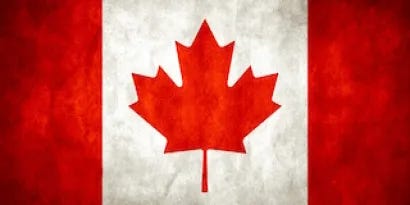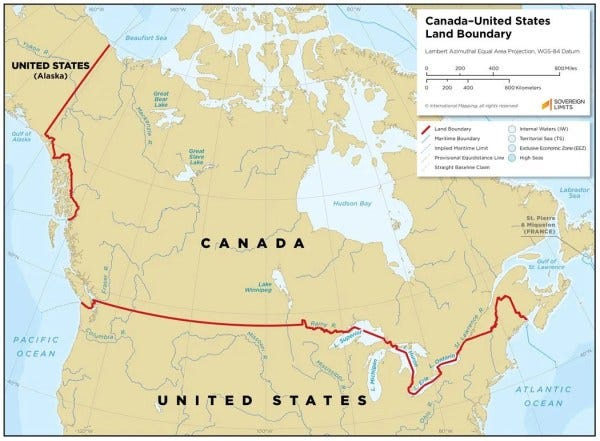As the U.S. prepares to celebrate its Independence Day, Canadians have their own celebration. Canada Day (Fête du Canada) marks the anniversary of July 1, 1867, when the three independent colonies of Canada, Nova Scotia, and New Brunswick, were united into a single dominion.
The British North America Act of 1867, known today as the Constitution Act, officially confederated Canada on that date. While it was still part of the British Empire, Dominion Day, as it was originally called (or Le Jour de la Confédération in French), marked this new beginning. It was renamed to Canada Day in 1982.
Canada Day: Birthday of Canada?
Canada Day is often referred to as “the birthday of Canada,” but it differs from the U.S. holiday. It did not become separate from the British Empire until 1982, when it gained complete independence with the passage of the Constitution Act of 1982. And they didn’t have to fight a Revolutionary War.
Canada maintains its status as a federal parliamentary democracy and a constitutional monarchy within the British Commonwealth, with the British Monarch serving as its head of state. So they get a King and live in the New World, something that the U.S. envies. We have created in his place a synthetic royalty: Hollywood movie stars and celebrities.
The 1783 Treaty of Paris established the original borders, which have been revised nearly a dozen times since then. The Canadian-U.S. Border comprises 5,525 miles and touches eight provinces and 13 states. It is the longest land border between two countries in the world. Many of Canada’s major cities are situated near the border. Four-fifths of the population inhabits large and medium-sized cities along that southern border.
This border is primarily land-based, but it also has water borders associated with the Great Lakes. It has been called the world’s “longest undefended border.” But this is true only in the military sense; civilian law enforcement is present at border crossings.
Parlez-Vous Français?
Canada is a bilingual society, with the eastern part of the country, especially Quebec, celebrating its own grassroots National Holiday on June 24. Canada Day, however, is a federal holiday, marked by fireworks, parades, the ringing of church bells, the singing of “O Canada,” and the musical ride of the Royal Canadian Mounted Police, although these celebrations only gained popularity in the late 1950s.
Bill Petro, your friendly neighborhood historian, eh?
billpetro.com
Subscribe to have future articles delivered to your email.






